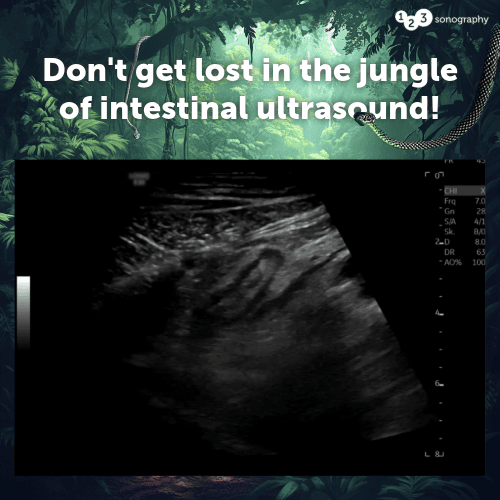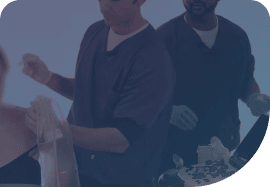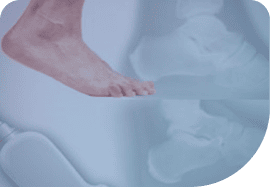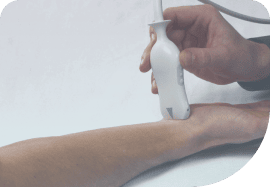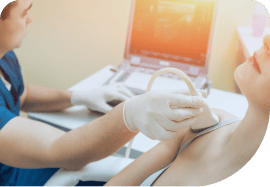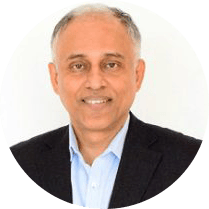
Gather your skills in echocardiography!
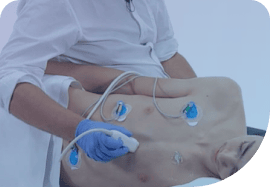
Echo MasterClass
43.5 CME credits (more coming!)
Advanced echocardiography
instead of 1,470 €
only 1,029 €
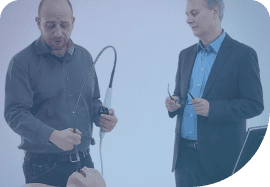
TEE MasterClass
11 CME credits
Transesophageal echocardiography
instead of 880 €
only 616 €

Echo BachelorClass
12.75 CME credits
Basic echocardiography
instead of 830 €
only 581 €

Speckle Tracking MasterClass
12.25 CME credits
Deep knowledge of strain rate imaging
instead of 940 €
only 658 €

Cardiac Filling MasterClass
6 CME credits
Advanced echocardiography
instead of 830 €
only 581 €
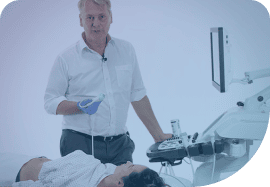
Right Heart MasterClass
7.25 CME credits
Right heart clinical course
instead of 770 €
only 539 €
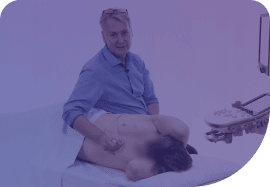
ACHD BachelorClass
16.5 CME credits
Basics of common and (more or less) simple adult congenital heart defects
instead of 940 €
only 658 €
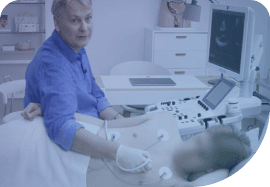
HCQ MasterClass
4.75 CME credits
Guidelines of the quantification of heart chambers and walls
instead of 590 €
only 413 €
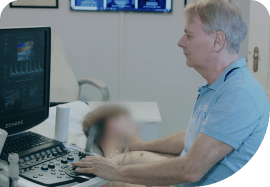
Carotid MasterClass
10.5 CME credits
Advanced carotid and vertebral artery ultrasound
instead of 930 €
only 651 €
Special Preparation Package with Guidelines in Focus
With our course Guidelines in Focus: Echo Essentials for Clinical Practice, be prepared for tomorrow. Secure your nuts of knowledge with this special fall deal!
Monthly subscription
89 €
instead of 99 €
6 Months Access
349 €
instead of 499 €
12 Months Access
559 €
instead of 699 €

Abdominal US BachelorClass
10 CME credits
Detect abdominal pathologies with ultrasound
instead of 770 €
only 539 €
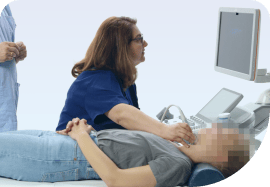
Thyroid US MasterClass
10.5 CME credits
Basics and advanced techniques of thyroid ultrasound
instead of 830 €
only 581 €

Neonatal & Pediatric US BachelorClass
4.75 CME credits
Ultrasound knowledge and skills specific to neonates and infants
instead of 830 €
only 581 €

Lung Ultrasound MasterClass
6.5 CME credits
Basic and advanced lung ultrasound
instead of 750 €
only 525 €
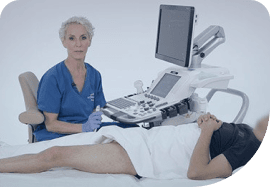
Vascular Lower Extremity BachelorClass
9.5 CME credits
Non-invasive vascular ultrasound
instead of 770 €
only 539 €
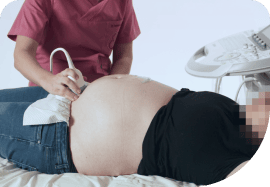
OB/GYN Ultrasound BachelorClass
7 CME credits
Basics of gynecology & obstetrics
instead of 840 €
only 588 €

Ultrasound Guided Regional Anaesthesia
Expertise in regional anaesthesia techniques
instead of 700 €
only 490 €
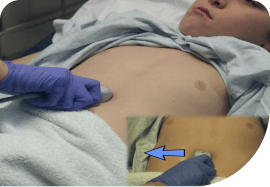
Pediatric Ultrasound BachelorClass
4.75 CME credits
Diagnose pediatric patients through ultrasound
instead of 770 €
only 539 €
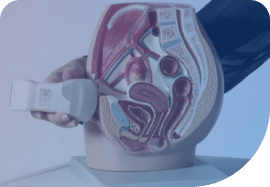
OB/GYN POCUS FocusClass
2 CME credits
Knowledge and skills on how to do an ultrasound examination in OB/GYN
instead of 420 €
only 294 €

Gather your skills in emergency and critical care before the cold hits!

Point-of-Care US FocusClass
6 CME credits
Primary care ultrasound
instead of 830 €
only 581 €
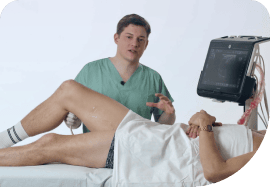
Emergency & Critical Care US Essentials
Essentials of emergency ultrasound
instead of 790 €
only 553 €
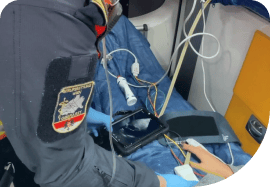
Prehospital Point-of-Care Ultrasound
10 CME credits
POCUS in prehospital scenarios
instead of 1,030 €
only 721 €

Emergency US MasterClass
5.25 CME credits
Advanced emergency ultrasound
instead of 770 €
only 539 €

Emergency US BachelorClass
Basic emergency ultrasound
instead of 700 €
only 490 €
Find our ultrasound quiz questions, and answers here!
Discoveries in the Ultrasound Jungle 🌴
And here is the correct answer!
What are the most probably diagnoses?
Want to test more skills or check the answer to previous cases? Check below 👇
00
Days
00
Hours
00
Minutes
00
Seconds
Are you busy gathering your skills?
This offer ends for good on October 26th, 2025.
